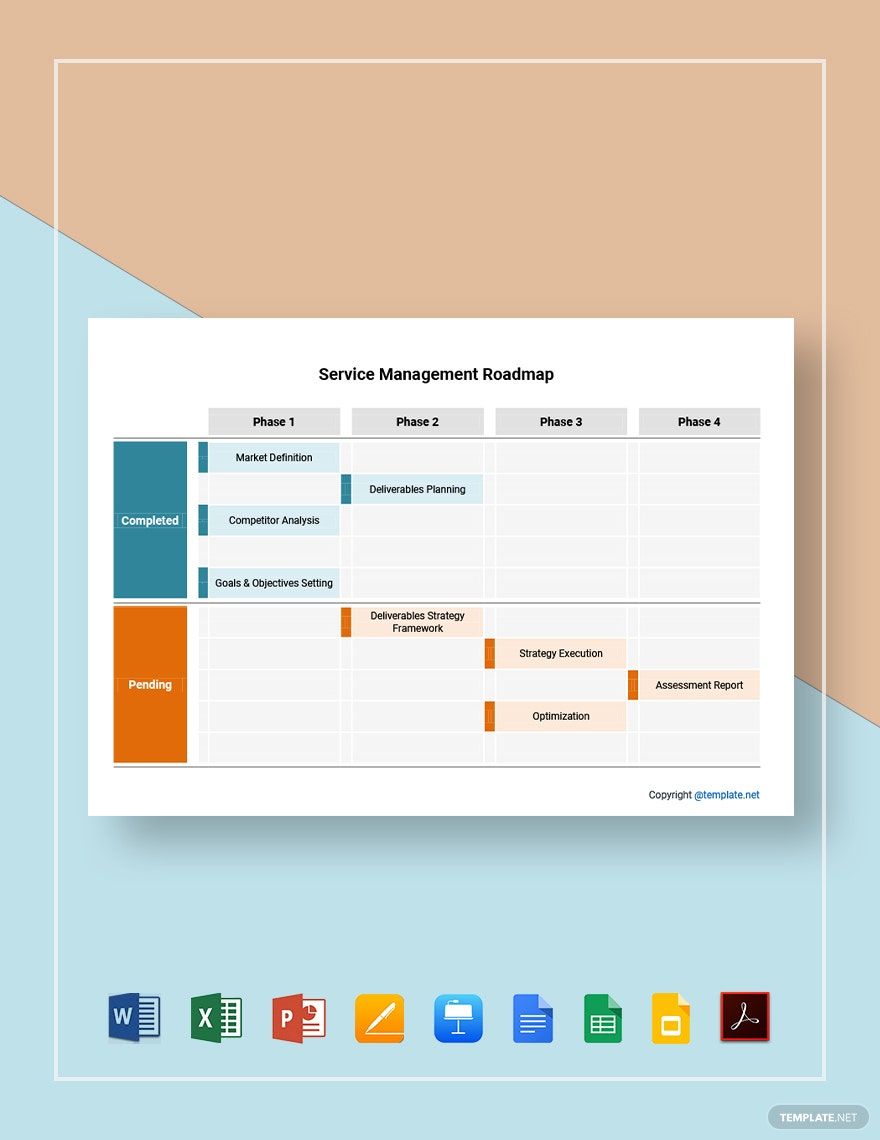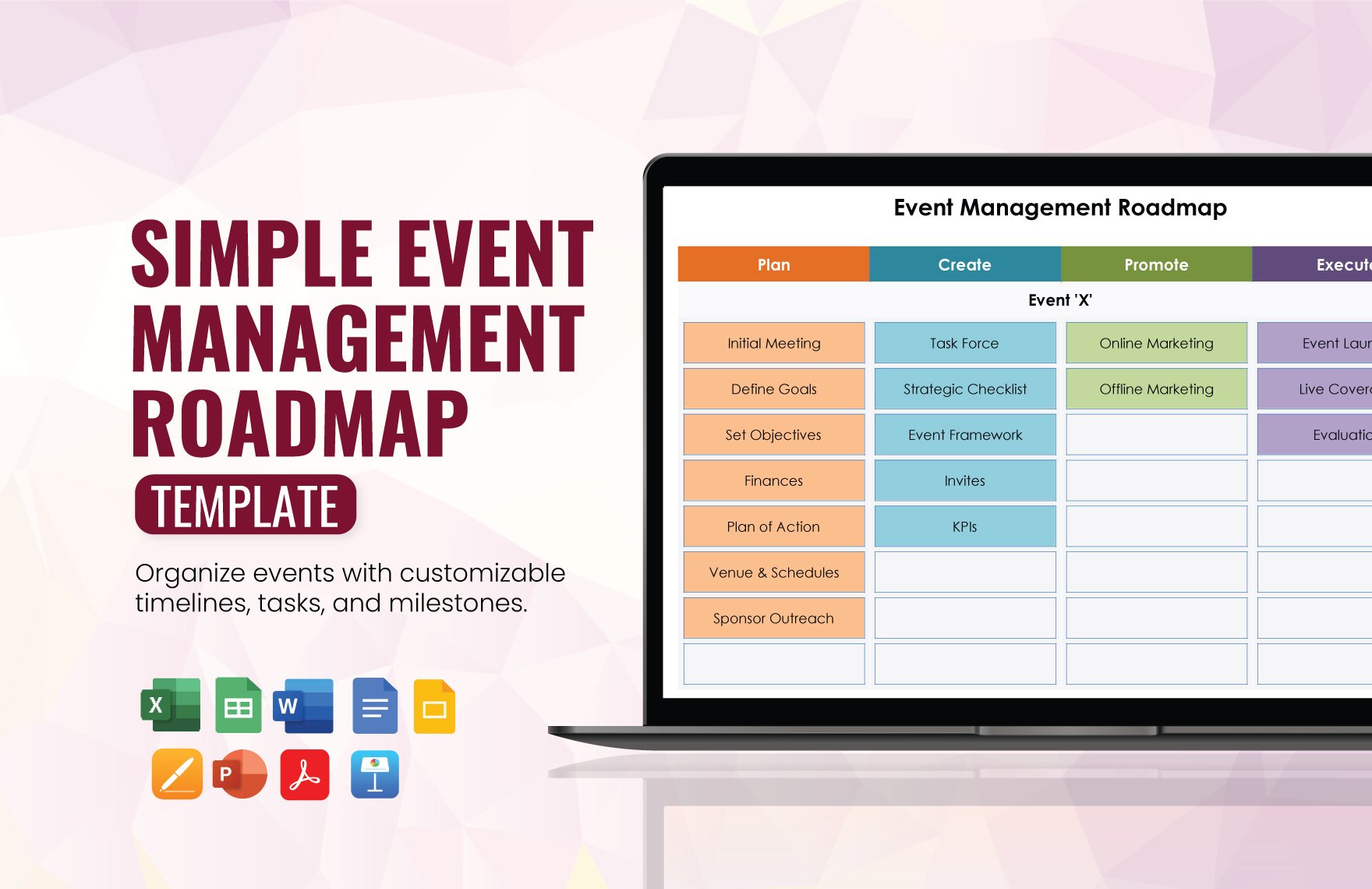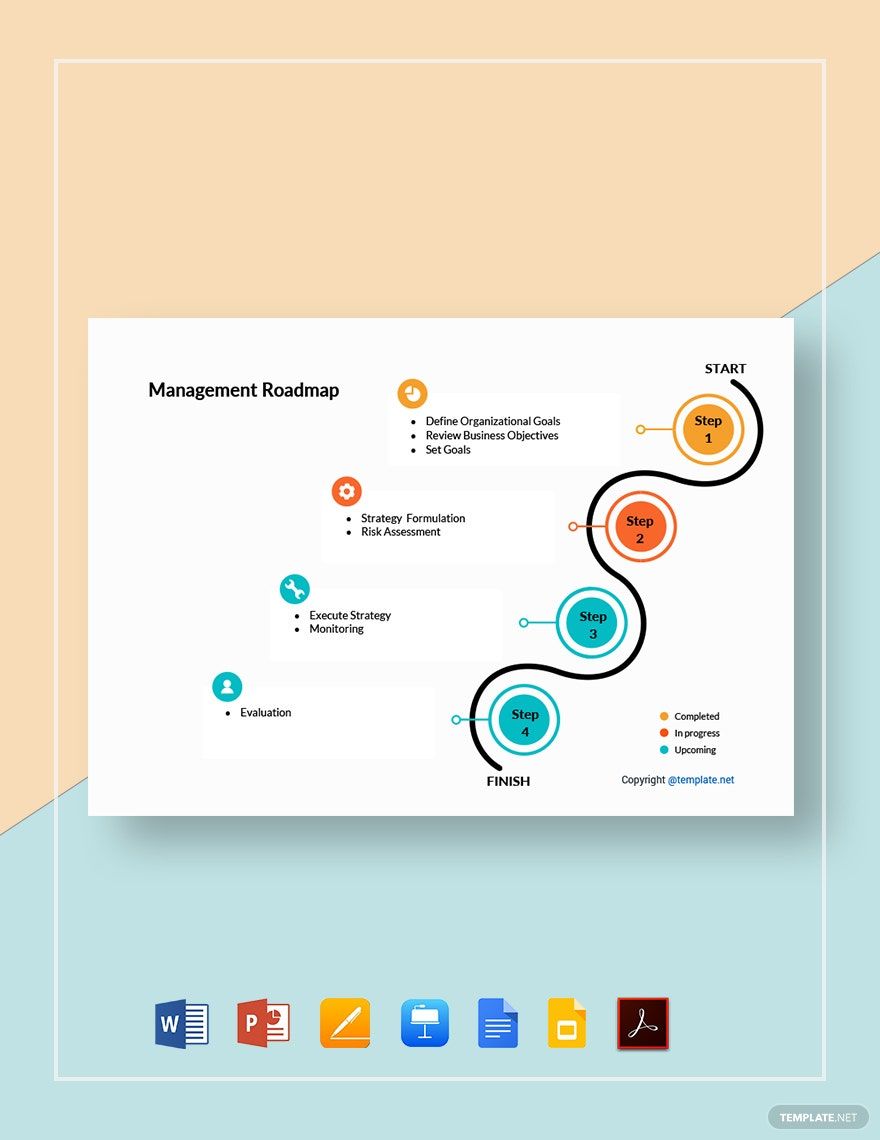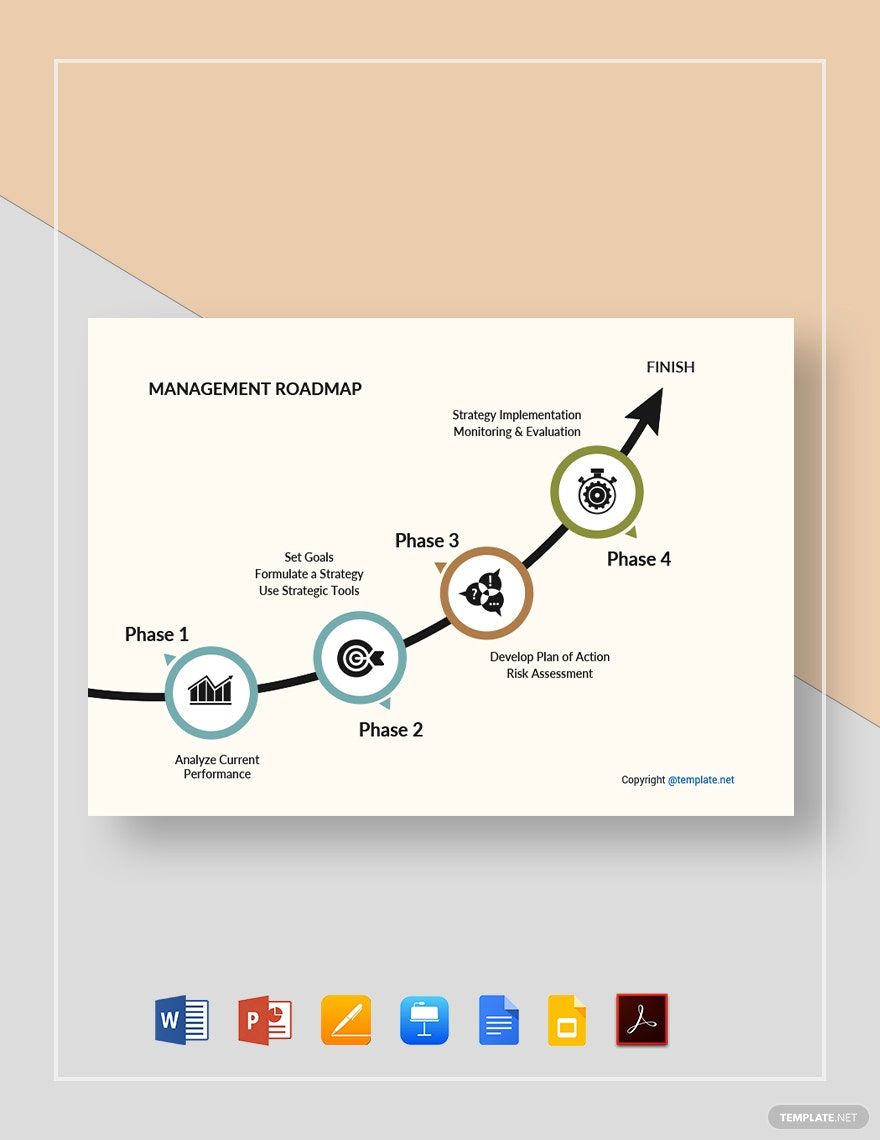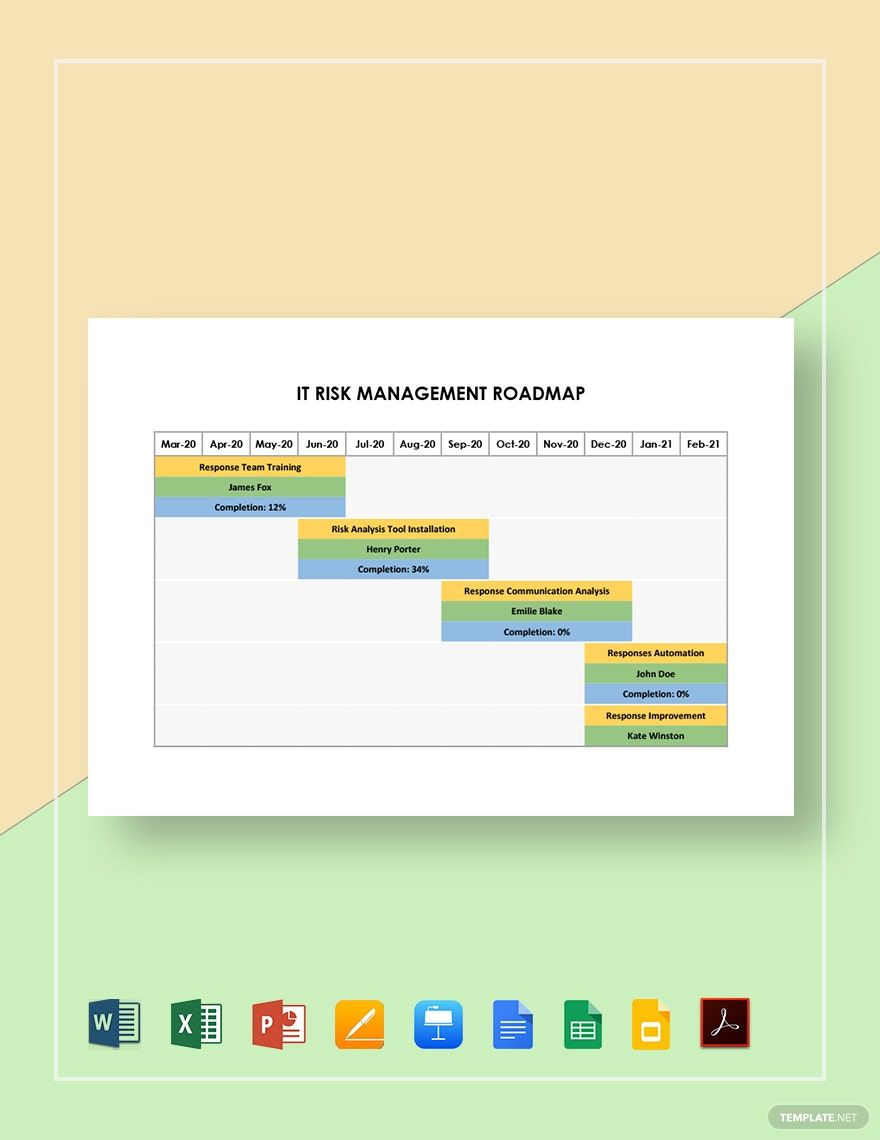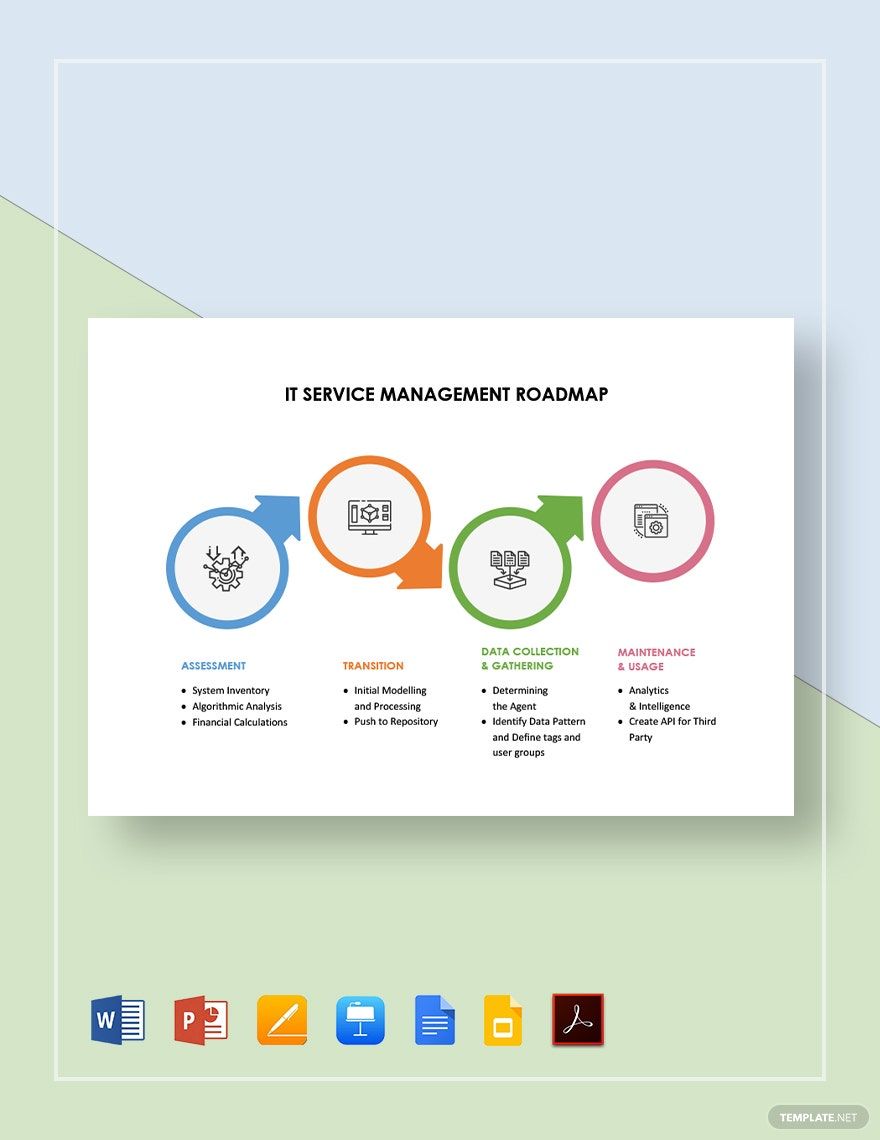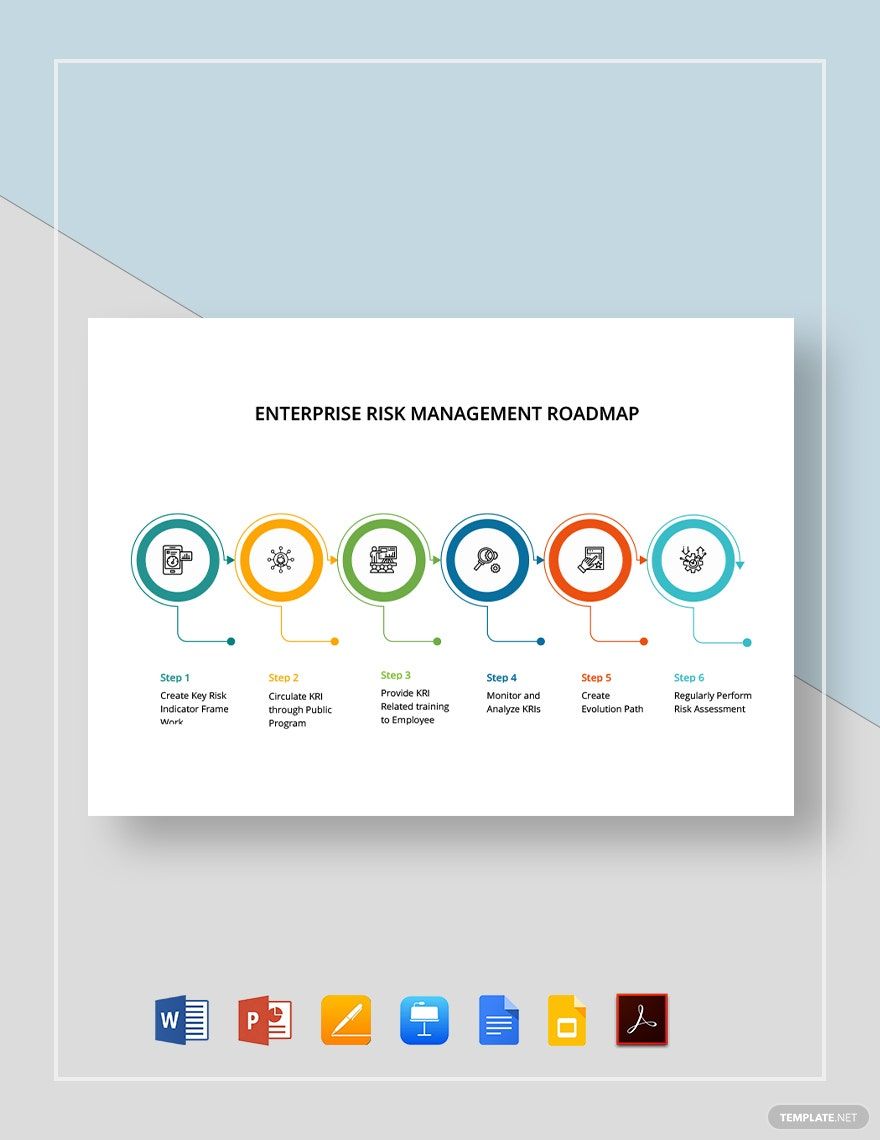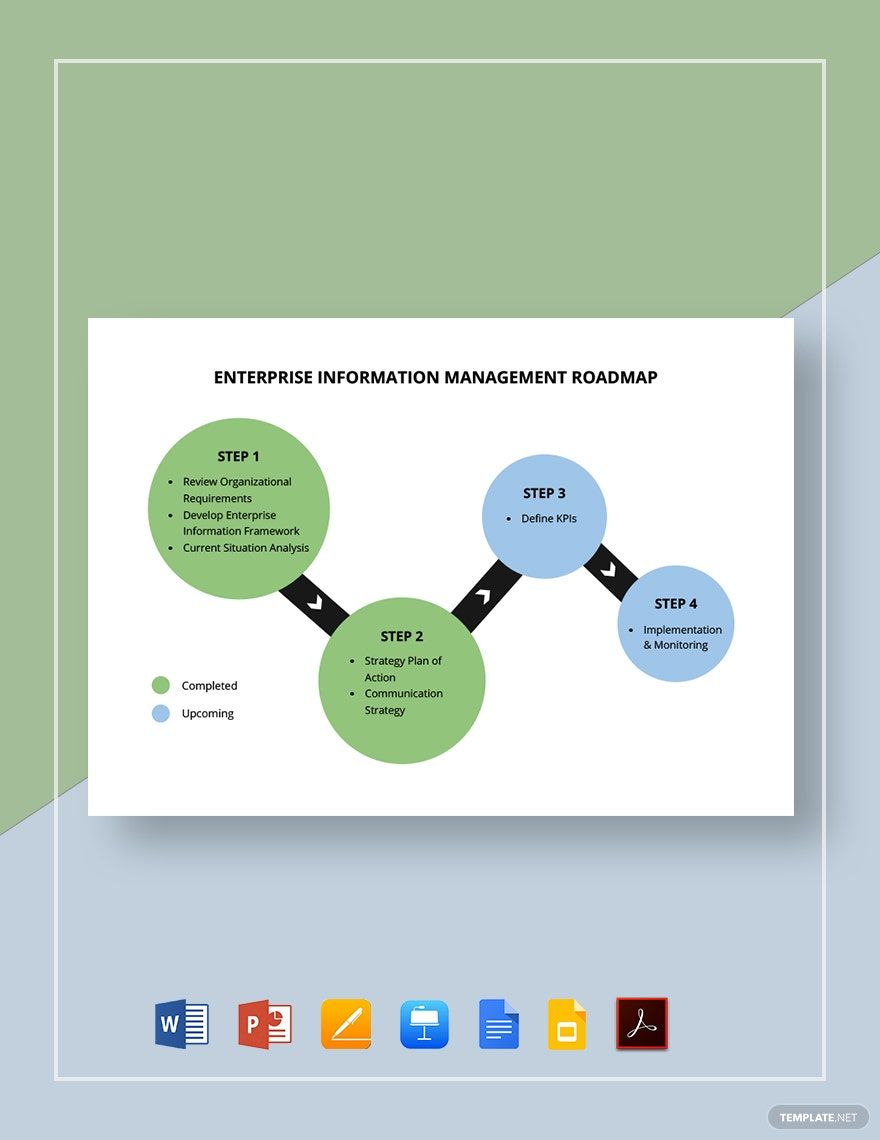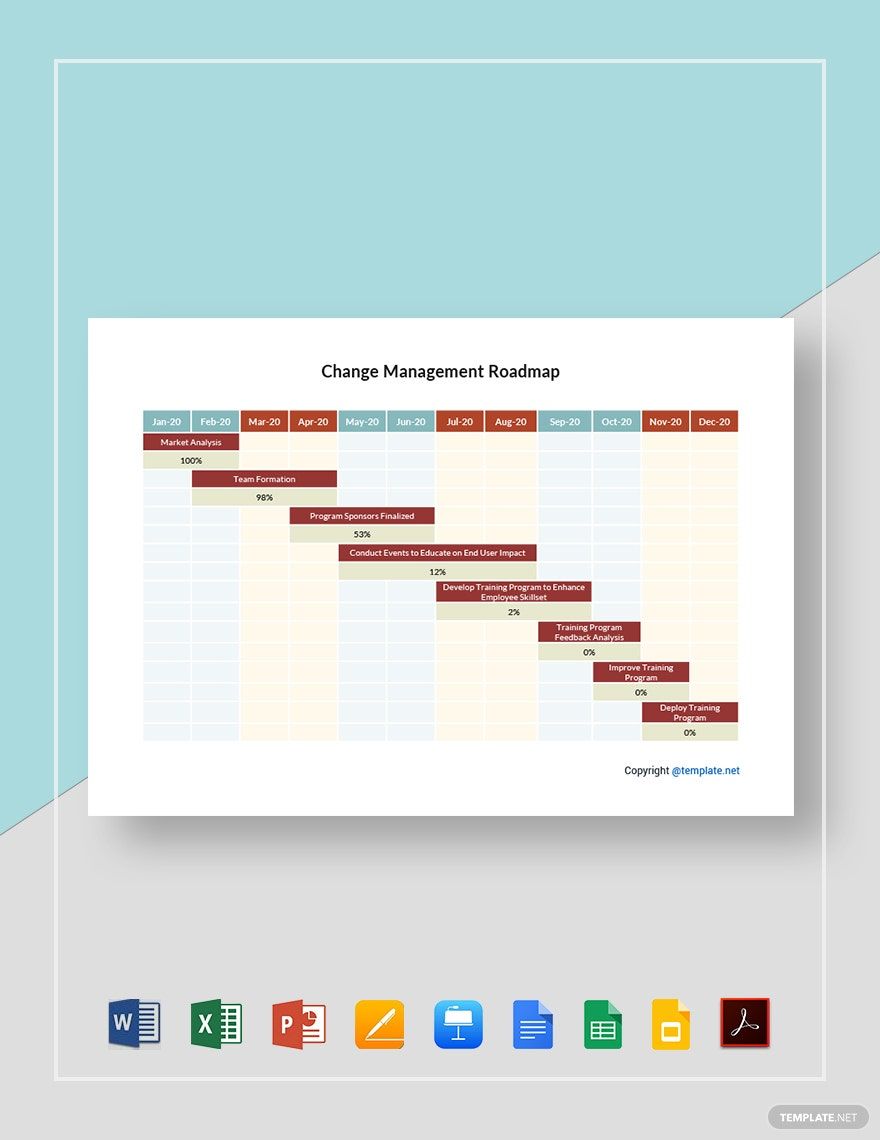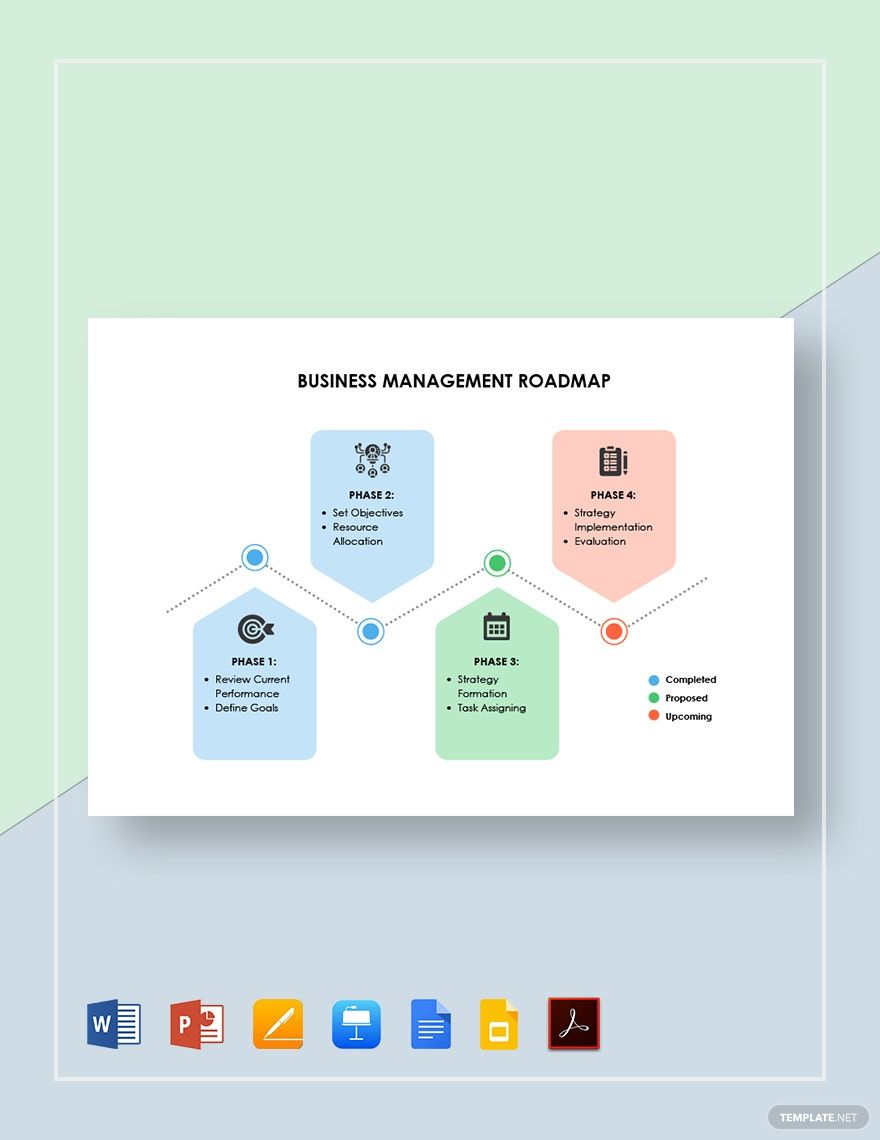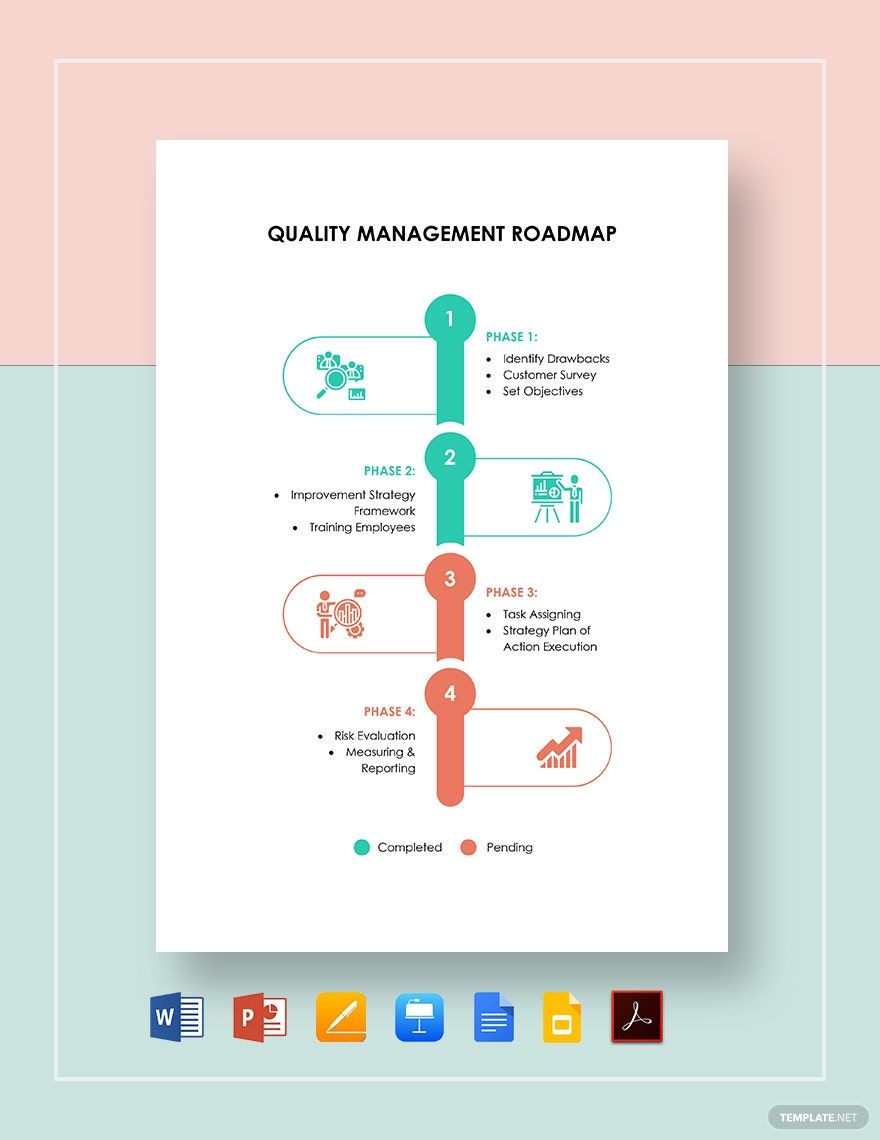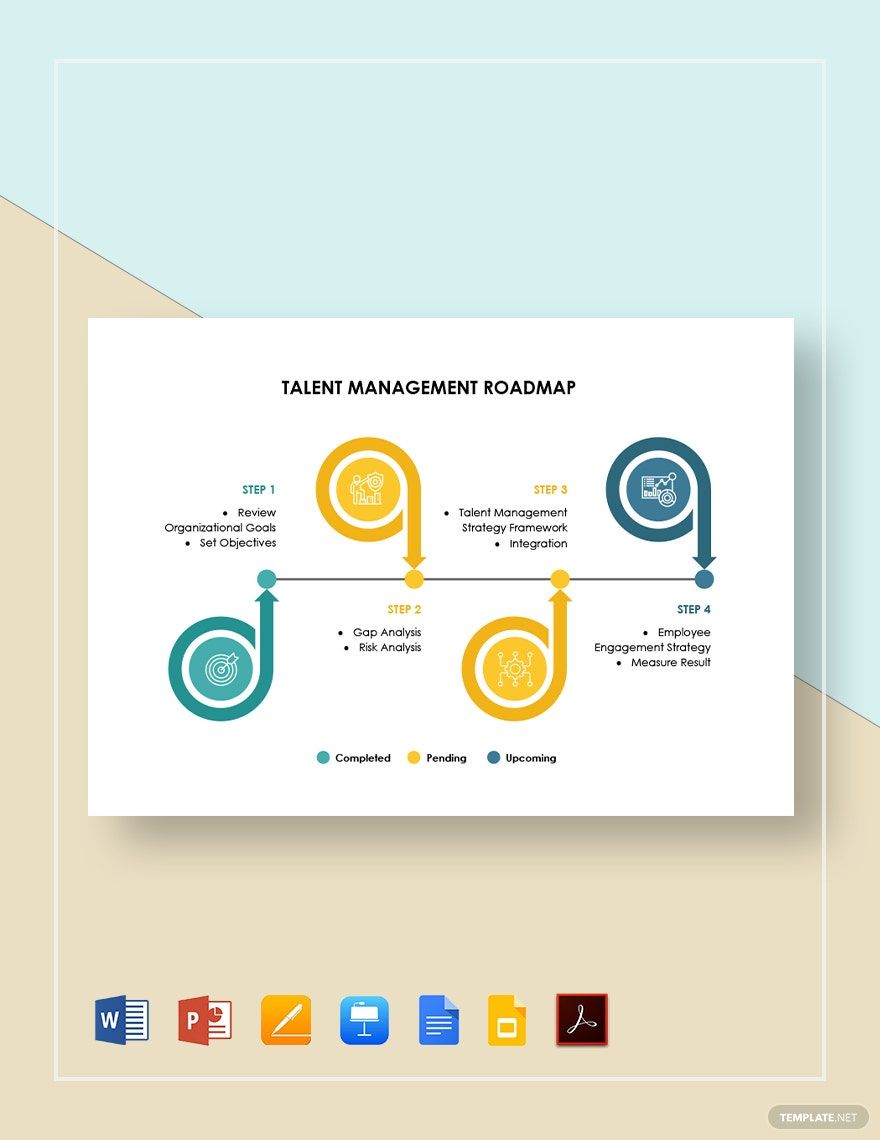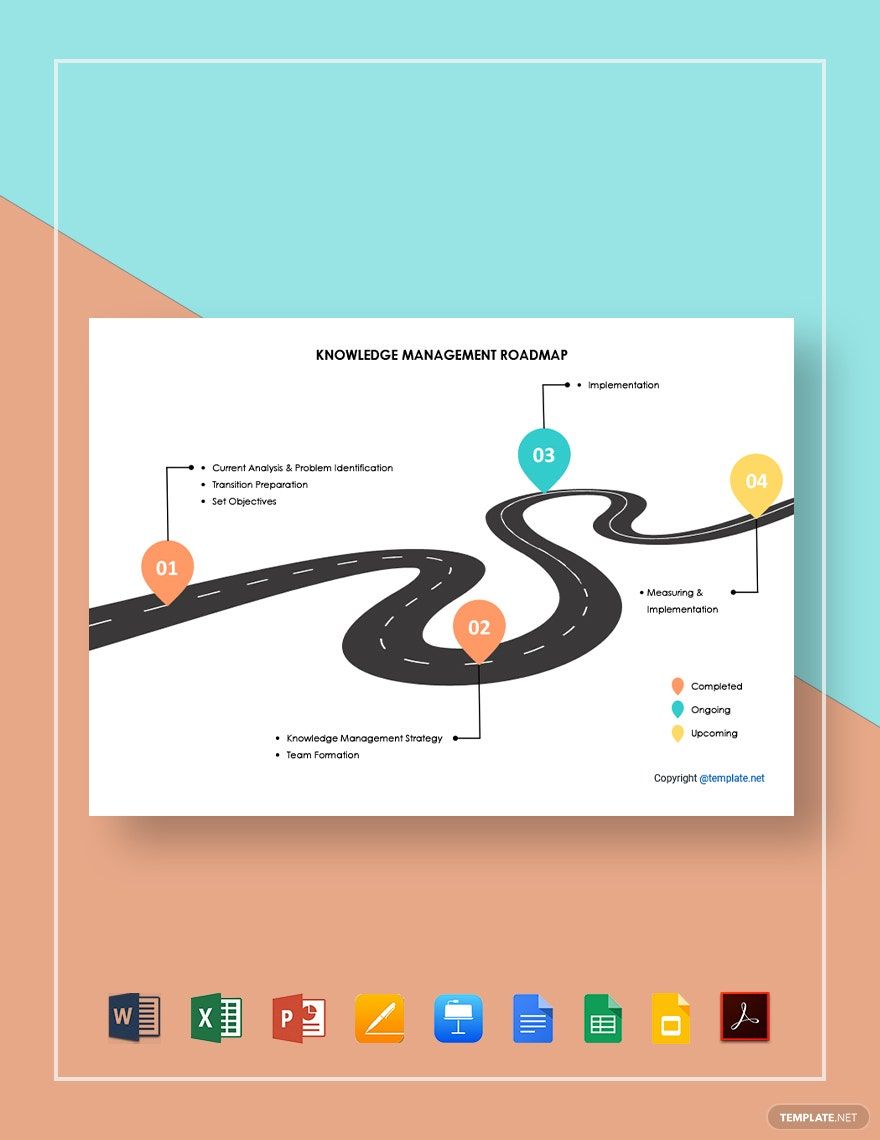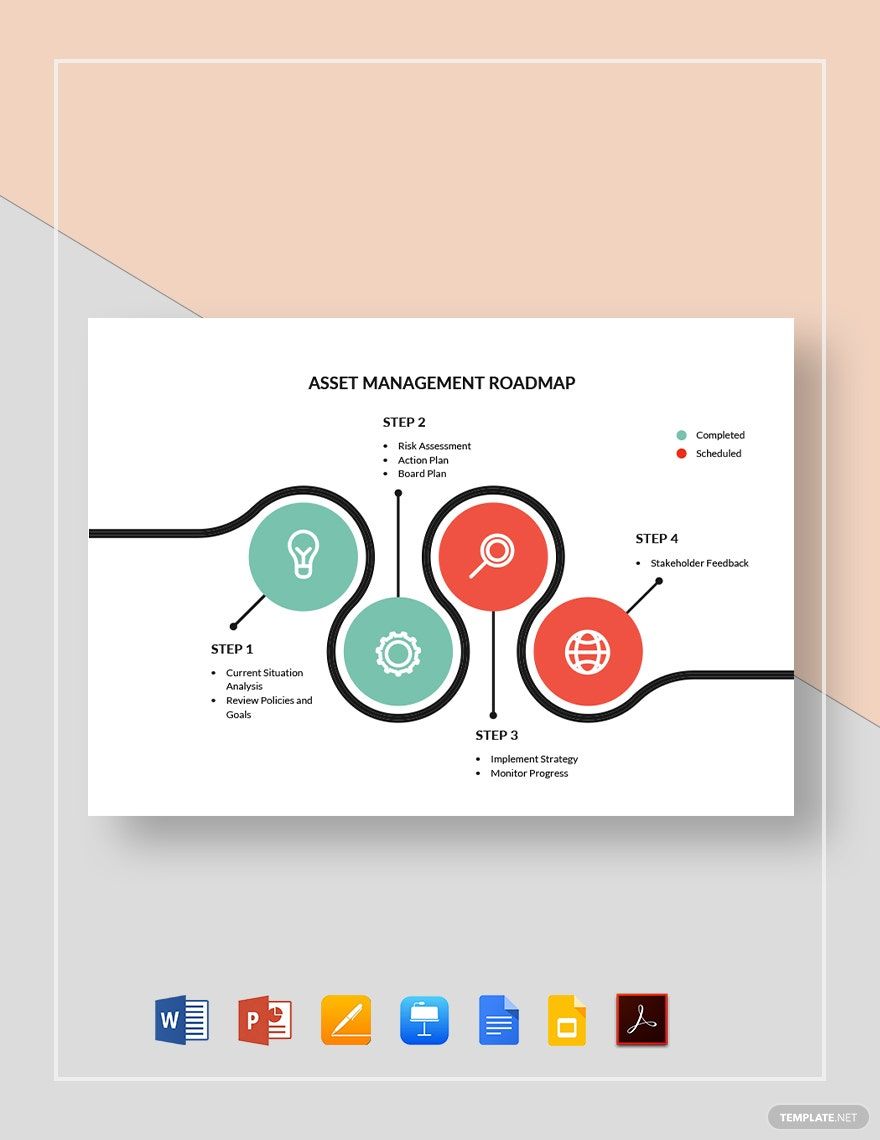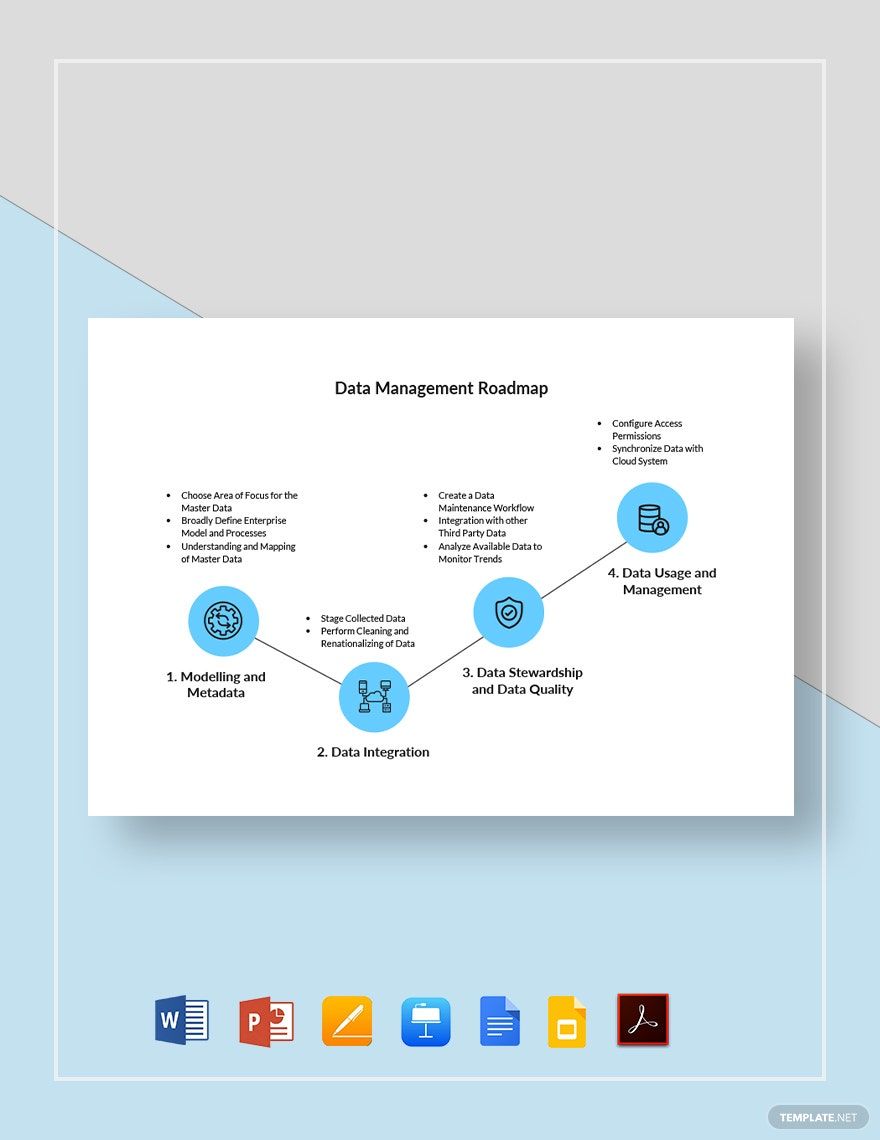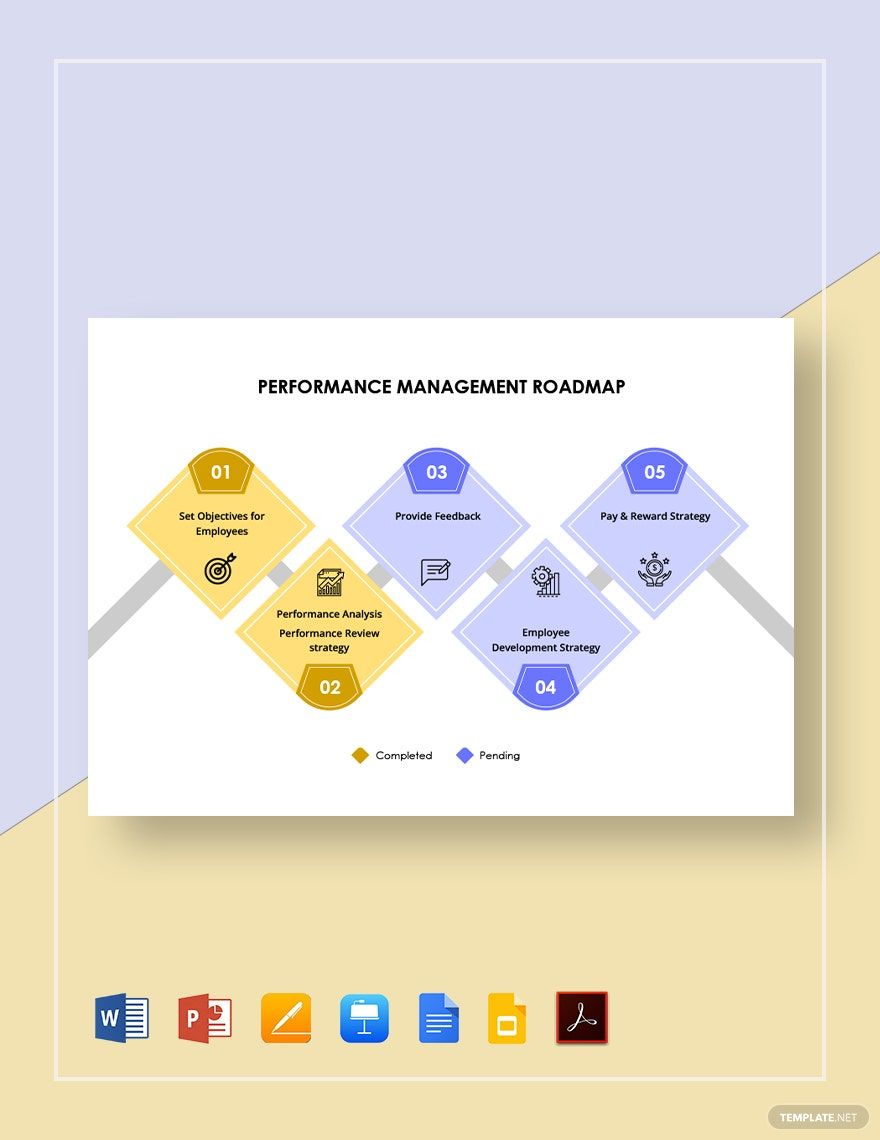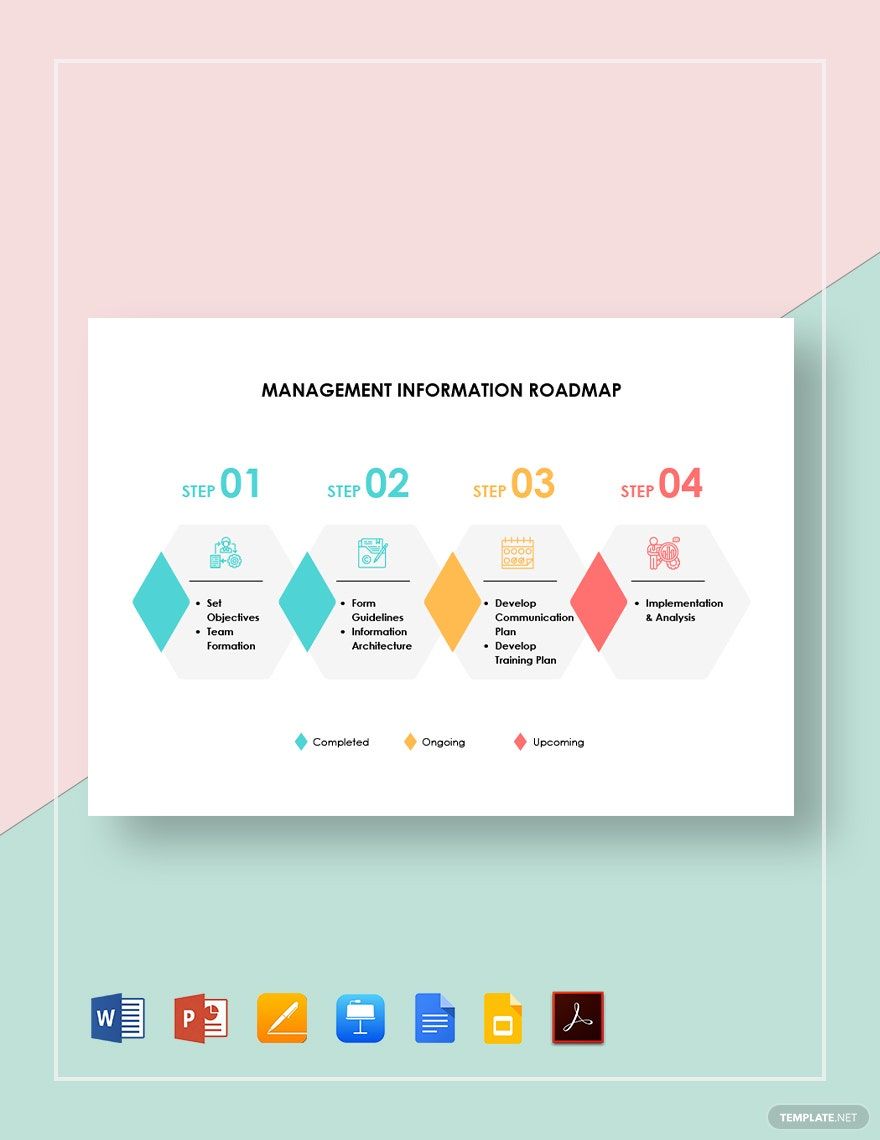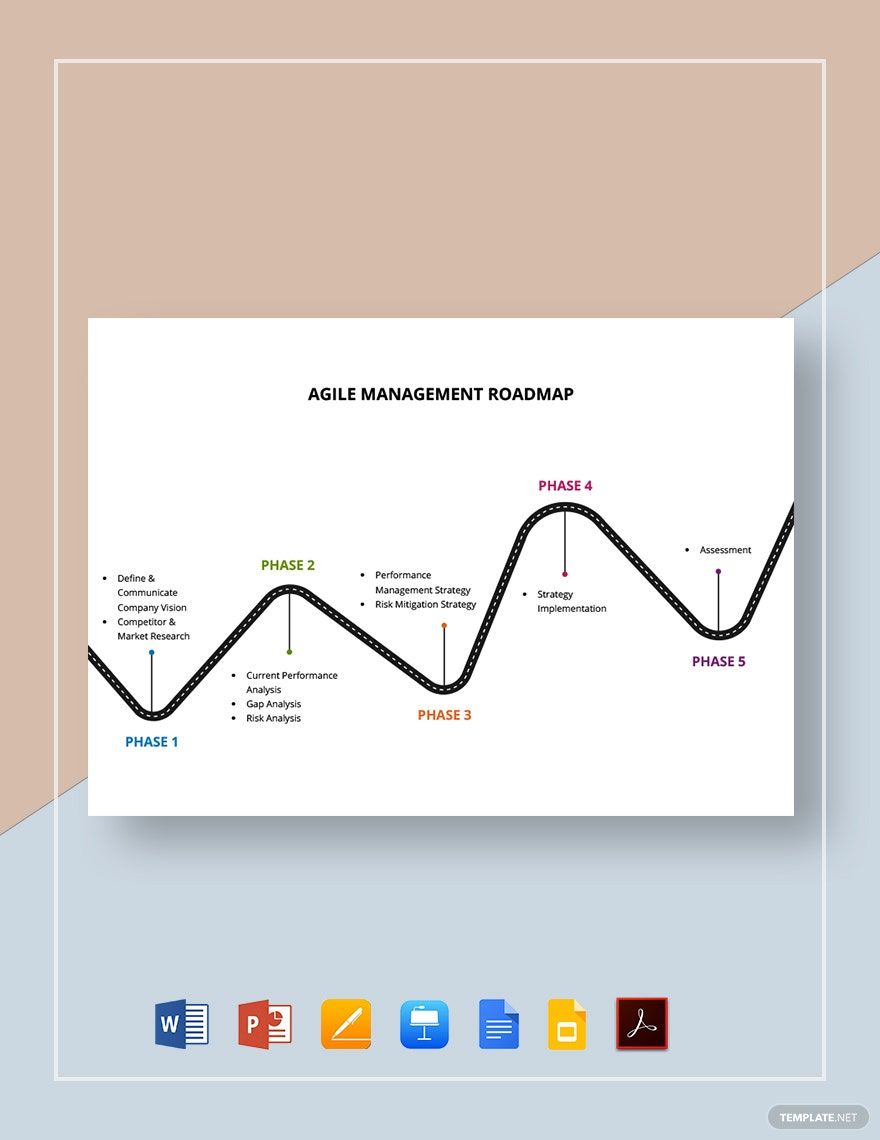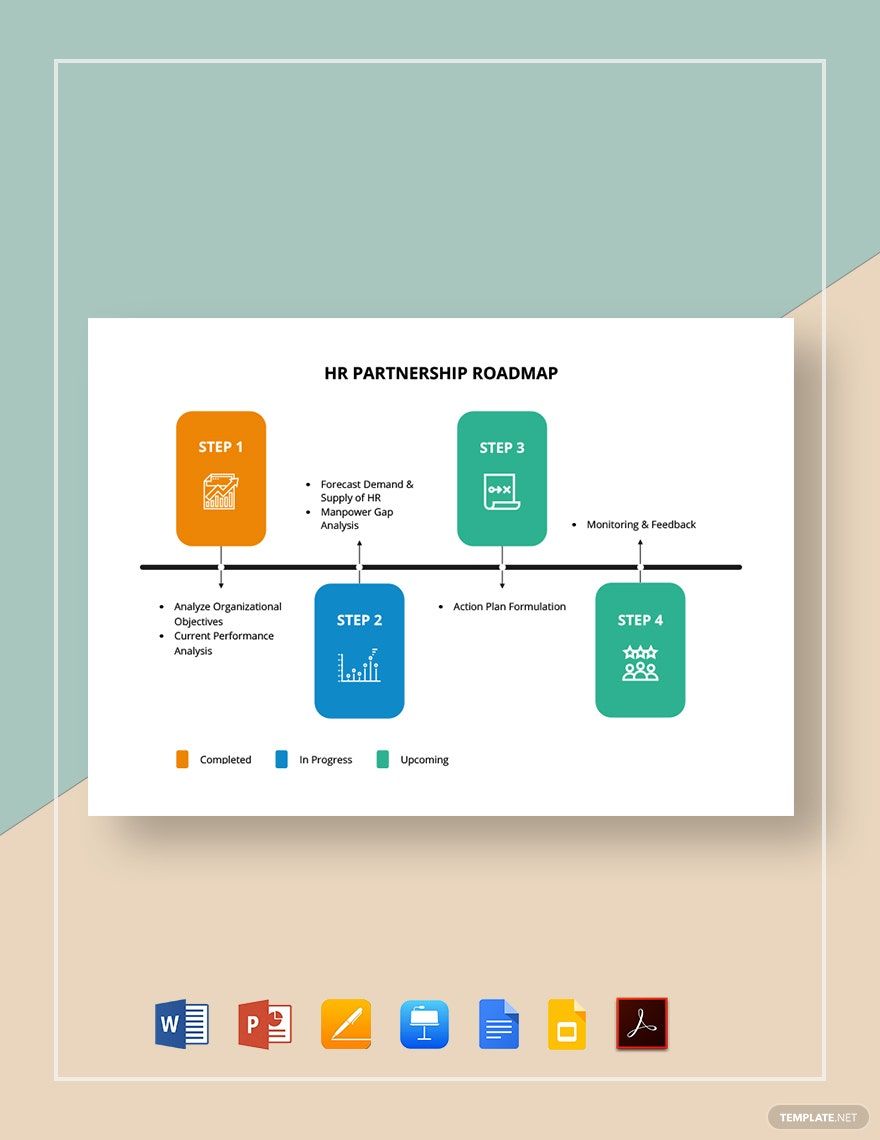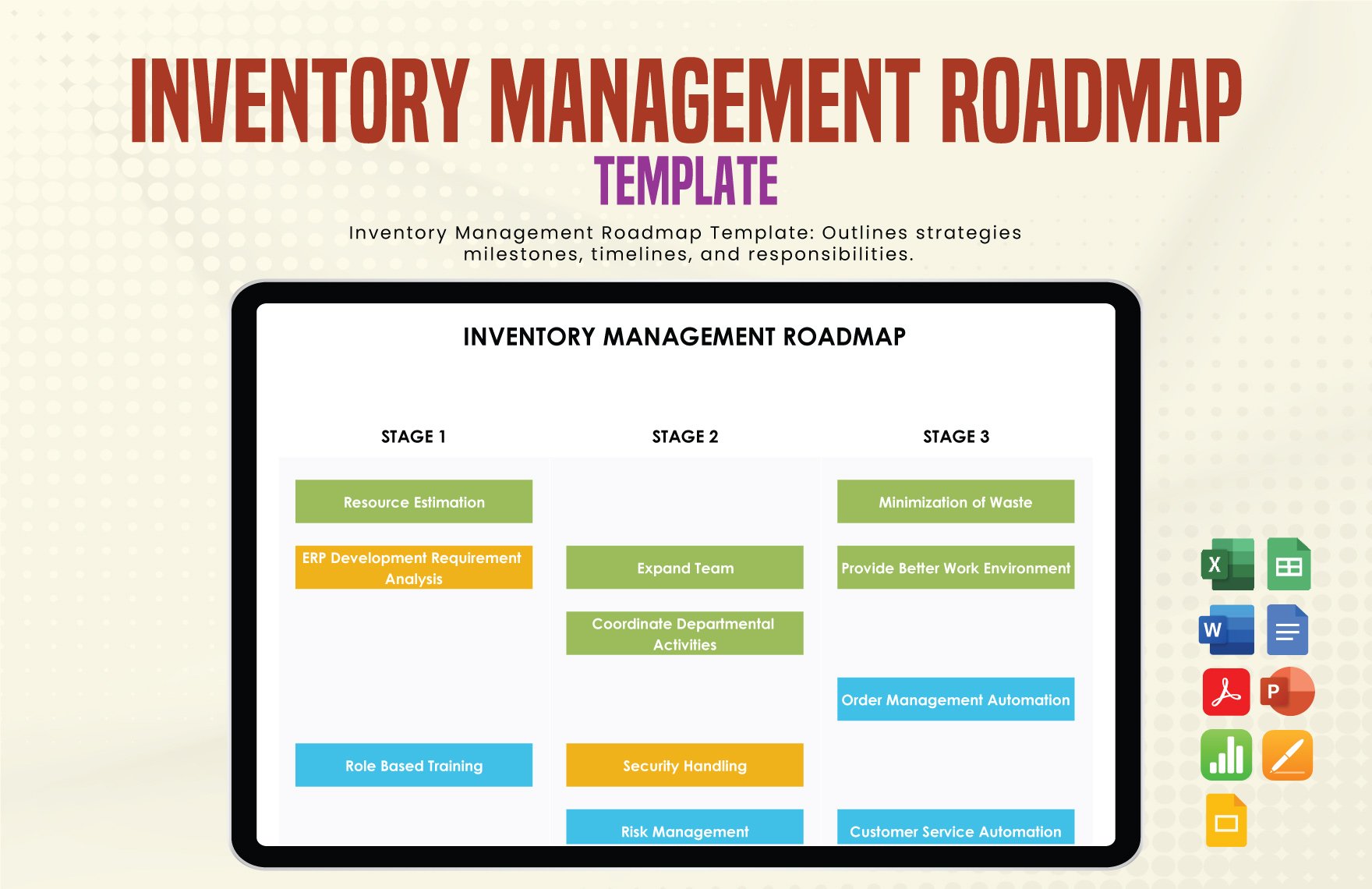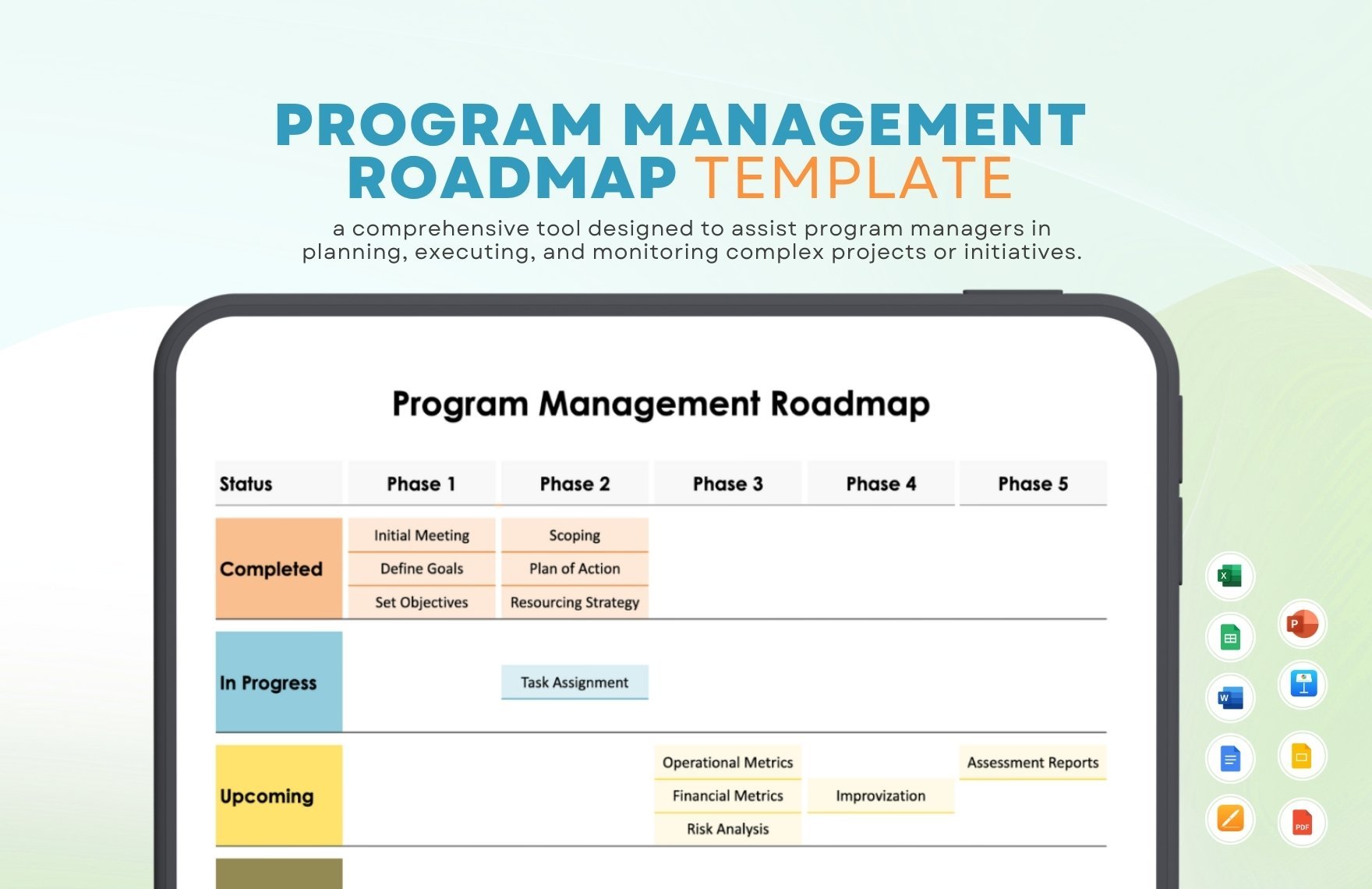Bring Your Project Management Strategy to Life with Management Roadmap Templates from Template.net
Keep your project managers engaged, ensure timely delivery, and streamline your planning process with Management Roadmap Templates from Template.net. These templates are perfect for busy professionals who want to outline their goals clearly and efficiently. Use them to promote a strategic development plan within your organization or to visualize a product launch timeline with your team. Each template includes crucial details like milestone dates, key tasks, and team responsibilities, all professionally laid out for ease of use. No design expertise is required to utilize these templates, and you will enjoy professional-grade design quality that stands out in both print and digital formats. Customize them to match your project requirements and easily share them across various social media platforms or with stakeholders through email.
Discover the many Management Roadmap Templates we have on hand that are tailored for different types of projects. Start by selecting a template, then effortlessly swap in your assets and tweak colors and fonts to align with your brand identity. Take advantage of advanced features like dragging-and-dropping icons or graphics and adding animated effects to enhance the visual impact. The possibilities are endless and skill-free, making the process both effective and enjoyable. Our library of templates is regularly updated, ensuring fresh designs are always available for your evolving needs. Once you’ve perfected your roadmap, download it or share it seamlessly via link, print, or email. Ideal for multiple channels, these templates offer a collaborative platform that allows you to work in real-time with your team.

